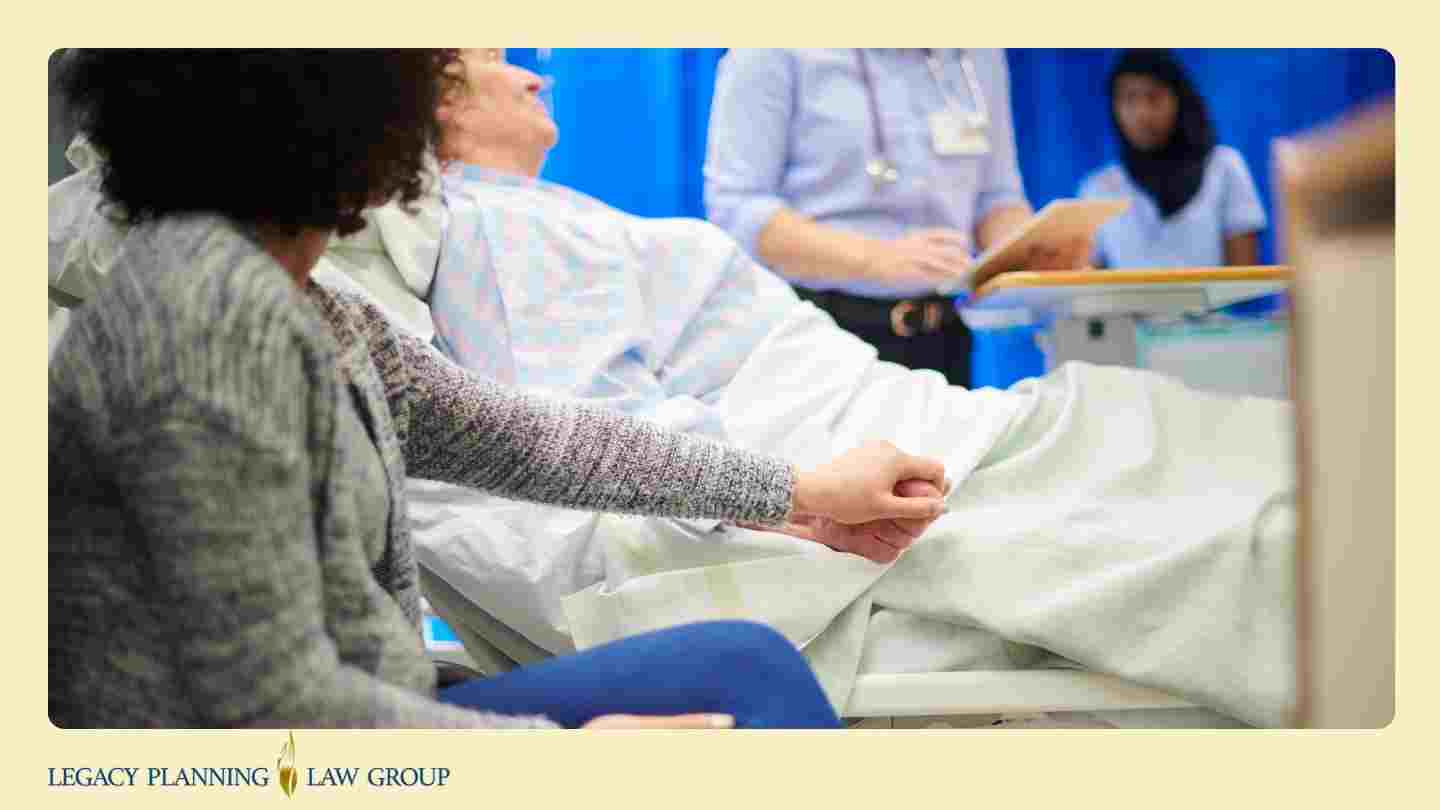Advance directives and other end of life care documents enable you to legally document healthcare and end-of-life preferences, ensuring that your treatment aligns with your values and wishes, even when you can't speak for yourself.

The six-figure cost of nursing home care is worrisome for those who are married, when a spouse has to go to a nursing home. In this example, Tom has had some major health issues in the past year and Louise is no longer able to care for him at home. Good planning in advance can help a couple preserve assets in the event one of them needs nursing home care.
In this case, the couple live in Pennsylvania, where nursing home care statewide is $126,420 a year ($342.58 per day). The state has a Medical Assistance program that is a joint state-federal program that will pay for nursing facility care, if a person meets both the medical and financial criteria.
Tom has met one of the major Medical Assistance threshold requirements, because he is “nursing home facility clinically eligible,” which means that a doctor has certified that due to illness, injury or disability, Tom requires the level of care and services that can only be provided in a nursing home.
What will happen to their assets?
In 1988, Congress passed the Medicare Catastrophic Coverage Act, which created a process of allocating income and resources between a spouse who needs to live in an institutional setting and the spouse who can continue to remain in a community setting.
Tom and Louise’s resources are divided into two buckets: one that is exempt and the second that is non-exempt.
The family home, care, and cost of a pre-paid funeral, if that has been done, are exempt or non-countable assets.
Everything else, whether they own it together or individually, is considered non-exempt. In Pennsylvania, Louise’s IRA is the exception. However, that is not the same in every state.
Louise is entitled to keep one half of what they own, with a maximum of $126,420, as of January 1, 2019. This is her “community spouse resource allowance.”
Anything else they own, is used to pay for Tom’s nursing facility care or purchase a very select group of “exempt” assets, like a replacement car or the cost of a prepaid burial.
They would have needed to give away their resources, at least five years preceding an application for Medical Assistance. If they have given money away in an attempt to preserve some of their assets, that would have changed the timeline for Tom’s being eligible for care.
Louise needs income to live on, so that she is not impoverished. She is entitled to a monthly minimum maintenance needs allowance of $2,058 and a maximum needs allowance of $3,150.50. These numbers are federally adjusted and based on inflation.
The numbers that must be examined for Louise’s income are her Social Security benefits, Tom’s Social Security benefits, any pension either of the two may have and any other income sources. She can keep her income, as long as she does not go over a certain level.
Sounds scary? It is. This is why it is so important to do advance planning and have an ongoing working relationship with an attorney with experience in estate planning and elder law. There are changes over time to address the changing circumstances that life and aging presents.
Learn how Medicaid planning can help with nursing home care costs.
Reference: Pittsburgh Post-Gazette (April 29, 2019) “Married and concerned about one of you going to a nursing home?”



